As a homeowner, maintaining and upgrading your property is crucial to preserving its value and appeal. One of the most significant improvements you can make is replacing your home's siding. Replacing siding not only enhances your home's aesthetic appeal but also increases energy efficiency and protects against weather and moisture damage. However, choosing the right siding and installation process requires careful consideration. In this article, we will explore the top three things homeowners should consider when replacing their home's siding.
Material Options and Cost
When replacing siding, material options and cost are the two most critical factors to consider. The material you choose will impact the cost of the project, the durability of the siding, and its maintenance requirements. The most common siding options include:
Vinyl siding: affordable, low maintenance, and durable, making it a popular choice among homeowners. The average cost of vinyl siding installation ranges from $4 to $7 per square foot.
Fiber cement siding: composed of cement, sand, and cellulose fibers, this option is durable, low maintenance, and resistant to fire and insects. However, it is more expensive than vinyl siding, with installation costs ranging from $5 to $12 per square foot.
Wood siding: aesthetically appealing and customizable, wood siding is an eco-friendly option that requires regular maintenance to avoid moisture damage and insect infestation. The average cost of wood siding installation ranges from $6 to $9 per square foot.
Installation and Insulation
Another essential factor to consider when replacing siding is the installation and insulation process. Proper installation ensures the siding is installed correctly, protecting your home from moisture damage and drafts. Insulation also plays a vital role in energy efficiency, keeping your home warm in winter and cool in summer. The most common types of insulation include:
Foam insulation: this is the most efficient insulation option, reducing energy bills and noise pollution. However, it is more expensive, with installation costs ranging from $2 to $4 per square foot.
Batt insulation: this type of insulation is affordable but less effective than foam insulation, with installation costs ranging from $0.5 to $1 per square foot.
Durability and Maintenance
Finally, when choosing siding options, consider the material's durability and maintenance requirements. Vinyl siding, for example, is the most durable and low-maintenance option, requiring only periodic cleaning. Wood siding, on the other hand, requires regular maintenance to avoid moisture damage and insect infestation. Fiber cement siding falls in between, with low maintenance requirements but a higher installation cost. It's important to choose a siding option that suits your lifestyle and budget.
In conclusion, replacing your home's siding is a significant investment that requires careful consideration. By considering material options and cost, installation and insulation, and durability and maintenance, homeowners can choose the right siding option that enhances the value and look of their property. With a budget ranging from $4,000 to $15,000, homeowners can upgrade their home's curb appeal and energy efficiency while protecting it from weather and moisture damage.
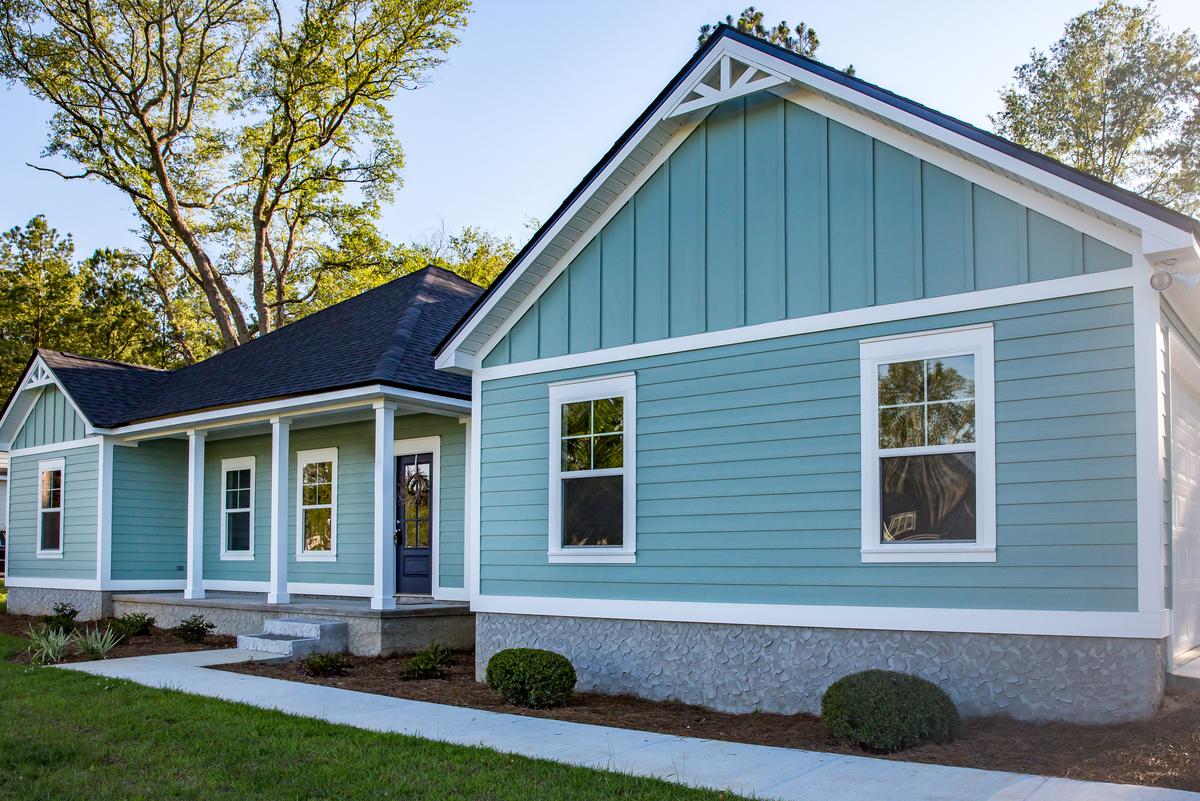

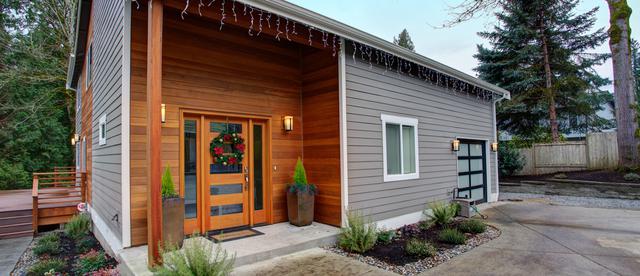
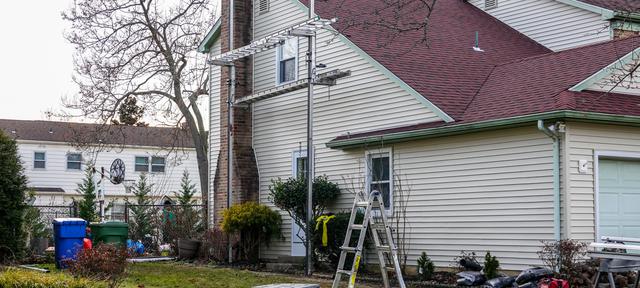
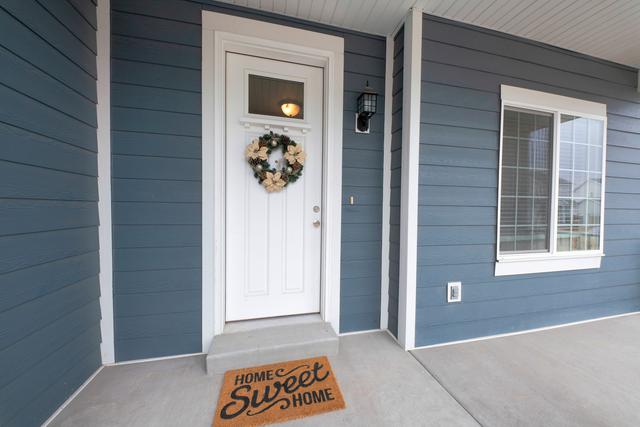
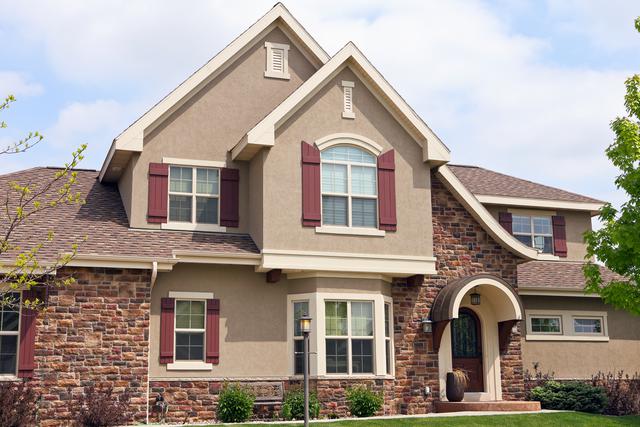
comments